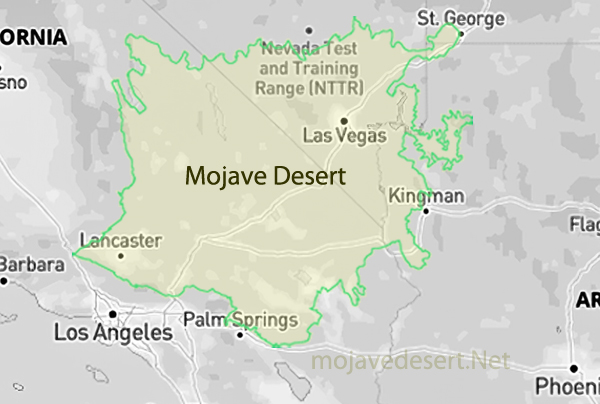Here is a look at what the Mojave is famous for, with pioneer trails and human history front and center:

- Native Peoples
Long before wagon wheels, the Mojave was home to Native tribes like the Mojave, Chemehuevi, Southern Paiute, and Serrano. These communities knew the springs, passes, and seasonal rhythms like the back of their hand, and they left trails, trade routes, rock art, and village sites throughout the region. Their knowledge of water and survival shaped later explorers’ routes. - Pioneer Trails
- Old Spanish Trail: This historic trade route linked New Mexico to California, winding through the Mojave. Traders, herders, and explorers used it to move livestock and goods—often braving vast dry stretches and rugged terrain.
- Mojave Road (aka Government Road): Originally a Native footpath, it became a vital wagon route in the 1800s, linking the Colorado River to Southern California. Army outposts like Fort Mojave and Camp Cady were built along it to protect travelers.
- Salt Lake Wagon Road and Bradshaw Trail: These overland trails helped connect remote mining districts and settlements, pushing westward expansion through incredibly harsh country.
- Butterfield Overland Mail Route: This short-lived but famous stagecoach line cut through the edge of the Mojave to deliver mail between St. Louis and San Francisco.
- Homesteaders, Miners, and Ranchers
Once the trails were blazed, the floodgates opened to prospectors, settlers, and ranchers. Boomtowns sprang up around gold, silver, and borax. Think Calico, Tecopa, Kelso, and Ballarat—all born of dreams and dust. Cattlemen like Albert Swarthout carved out rough but sustainable ranches, running cattle from the low desert to summer pastures in the San Bernardino Mountains. - Railroads and Route 66
The Santa Fe, Southern Pacific, and Atlantic & Pacific Railroads stitched the desert into the country’s growing infrastructure. Later, Route 66 brought travelers through towns like Barstow, Needles, and Amboy, adding roadside Americana to the desert’s legacy. - Modern Tribes of the Desert
Today, the Mojave is home to desert dwellers of all stripes—scientists, artists, loners, and communities like the Mojave Indian Tribe, who still live near the Colorado River. It also draws off-grid homesteaders and folks seeking freedom in wide open country. - Endurance and Ingenuity
Whether you’re talking about ancient foot trails, covered wagons crossing dry washes, or early aviators launching into the unknown, the Mojave has always demanded toughness and adaptability. It’s a place that doesn’t hand out easy victories—but the stories it holds are worth every blister and rattlesnake dodge.